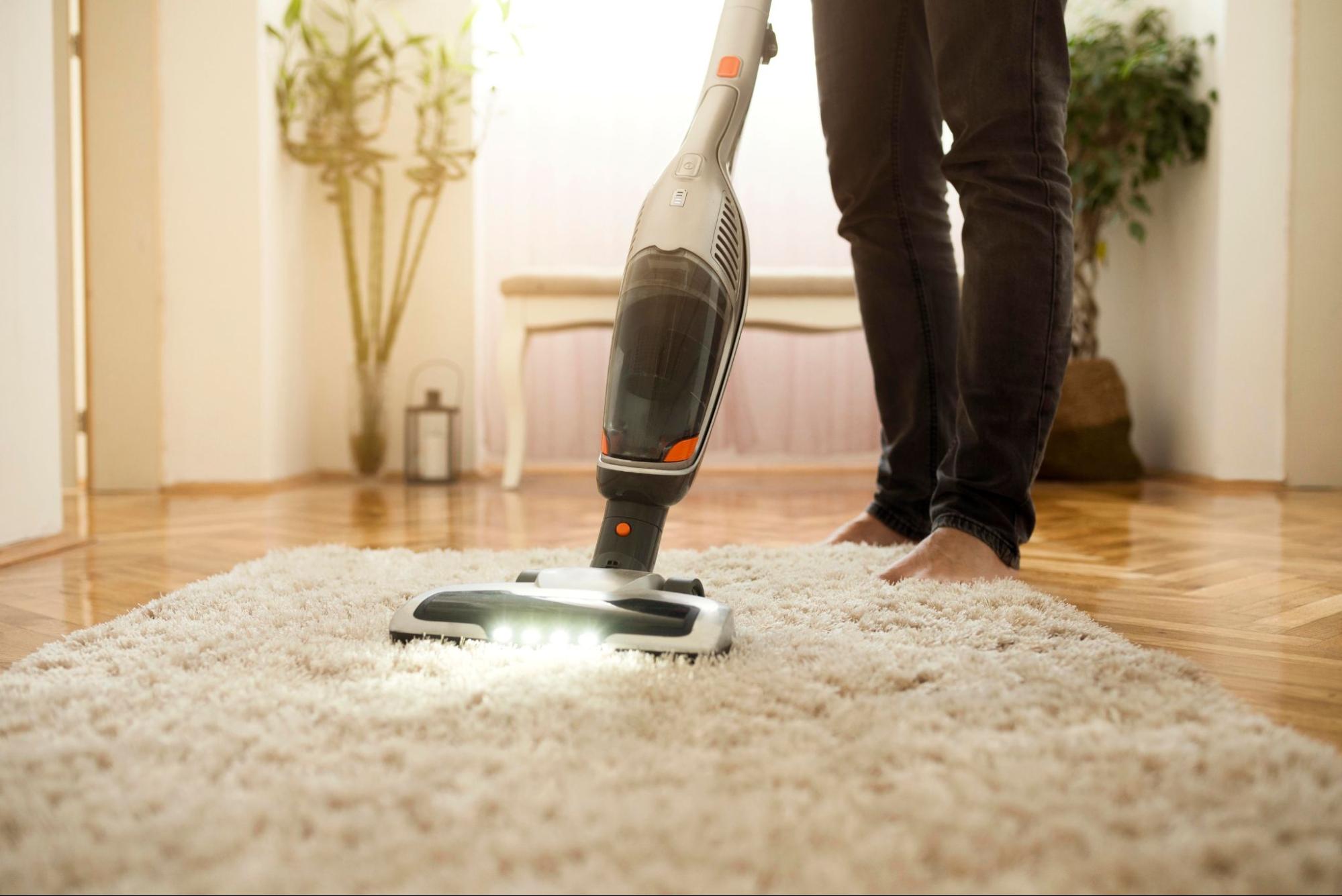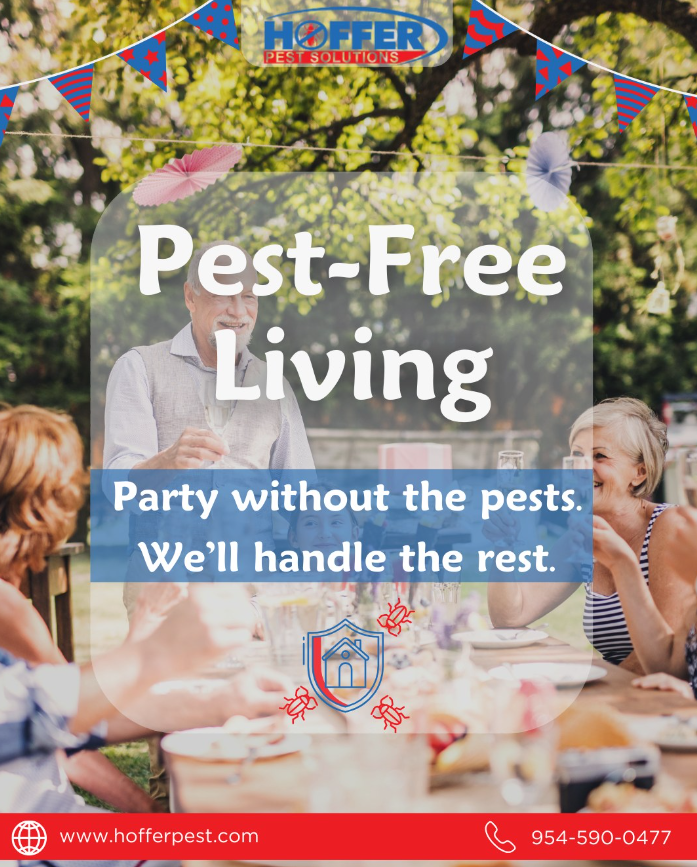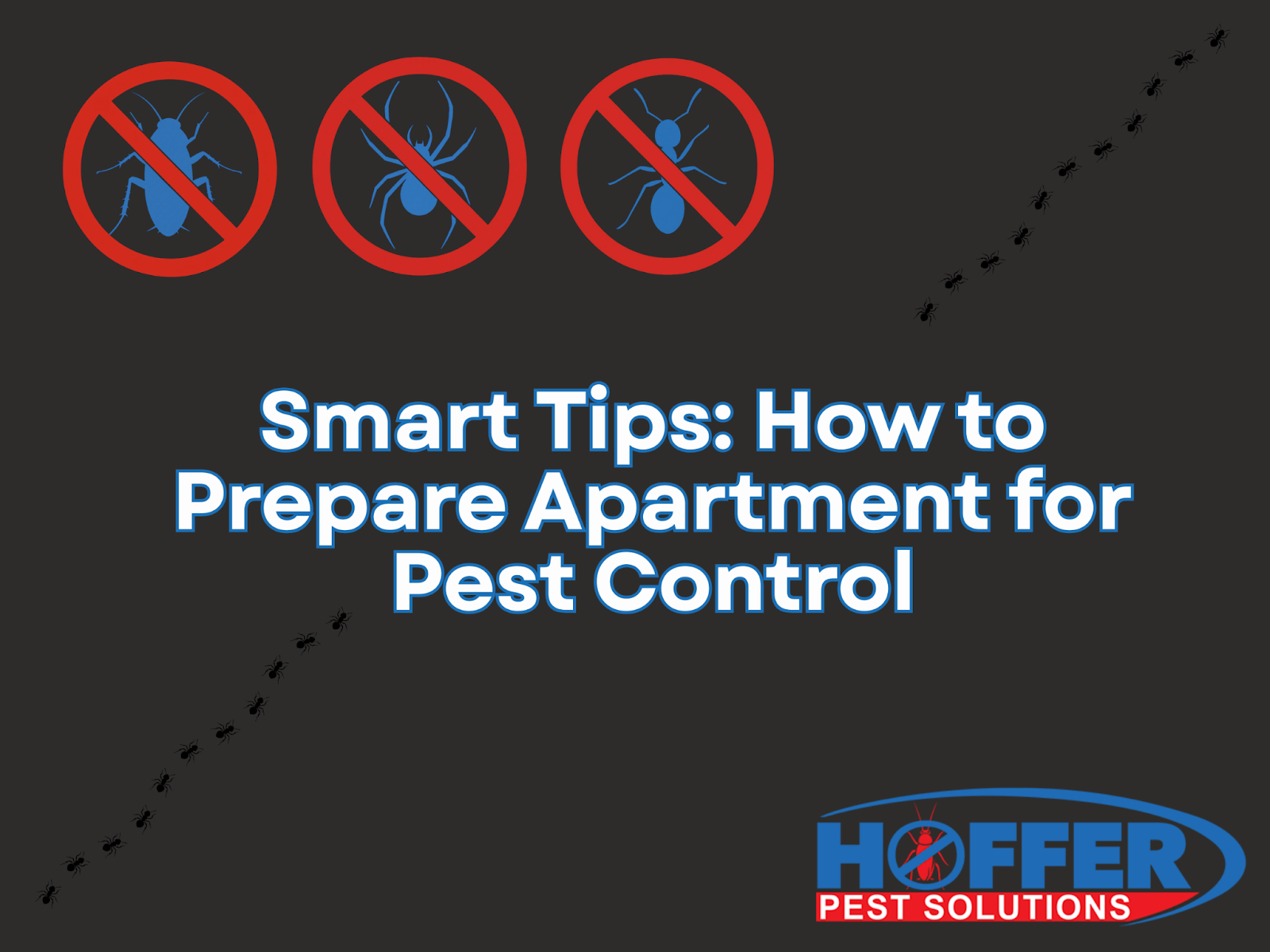Hoffer Pest Solutions spent more than 40 years helping South Florida residents keep their homes pest-free. Our experience shows that preparation is just as critical as treatment itself. Done right, it maximizes results, safeguards your belongings, and reduces the chance of pests returning.
In this guide, we’ll walk through every step you need to prepare your apartment: from clearing the kitchen to protecting plants, sealing plumbing gaps, and knowing what to expect on treatment day. If you want the full breakdown, keep reading, we’ll cover it all below.
Step-by-Step Guide to Preparing Your Apartment for Pest Control

Getting ready for pest control doesn’t have to feel overwhelming. By following a clear, step-by-step process, you’ll make the treatment safer, more effective, and longer lasting. Each step below is designed to protect your belongings while giving technicians full access to target pests where they hide.
Step 1: Clear and Protect Your Kitchen
The kitchen is the number-one hotspot for pests, so it’s the first place to prepare. Remove food, dishes, and small appliances from countertops so technicians can treat thoroughly without contamination. Store all food in airtight containers or sealed bags, and either empty cabinets or line the shelves if you’re preparing for cockroach or ant treatments.
Many residents ask if food in the refrigerator is safe. Yes, cold storage is generally protected, but for peace of mind, double-check the door seals and wrap items if you’re concerned. By creating a clean, sealed environment, you’re cutting off pest food sources that lead to reinfestation.
Step 2: Move and Cover Household Items
Pests hide in more places than we often realize, which means your apartment must be accessible for treatment. Pick clothes and fabrics up off the floor and bag toys, bedding, and baby items in sealed plastic. Move furniture and appliances a few inches away from walls so technicians can spray baseboards, cracks, and hidden corners where pests thrive.
While it might be tempting to drape blankets or sheets over furniture, these don’t provide full protection. Plastic coverings or sealed bags are a safer choice, ensuring pesticides don’t cling to fabrics while still allowing full access for technicians.
Step 3: Protect Pets, Plants, and Sensitive Belongings
Pets and plants are highly sensitive to pest control products, so take extra care before service. Cats and dogs should be removed until treated surfaces are dry, and aquariums need to be covered with pumps unplugged. Even small items like pet food and water bowls should be removed from the treatment area to avoid contamination.
Indoor plants are another concern. While most hardy plants can be covered, sensitive houseplants, like succulents, should be moved outdoors if possible. Cover or relocate anything you wouldn’t want exposed to chemicals, from baby bottles to breast pumps. These small steps protect the most vulnerable parts of your home while allowing treatment to work effectively.
Step 4: Prep Your Floors and Bathrooms
Floors and bathrooms are prime pest pathways, especially in apartment buildings where plumbing lines connect multiple units. Mop floors the night before service, but avoid cleaning for at least a week afterward so treatment residues stay in place.
In bathrooms and kitchens, seal plumbing entry points like gaps around sinks or tubs. These are common highways for roaches and rodents in Florida apartments. Some residents even tape overflow drains, but sealing cracks and fixing leaks is a more reliable long-term solution. Moisture control, using fans or dehumidifiers in damp bathrooms, also makes your space far less attractive to pests.
Step 5: Declutter and Make Surfaces Accessible
Clutter is a pest’s best friend, and it also blocks technicians from doing their job. Remove items stored under sinks, clear closet floors, and pull out storage bins so every corner is accessible. Pests like roaches often nest behind appliances such as refrigerators and stoves, so pulling these away from the wall a few inches can make a big difference.
If you’re wondering about cardboard boxes, they’re a common hiding spot for roaches and can absorb chemical treatments. Whenever possible, transfer stored items into sealed plastic containers instead of relying on cardboard. And yes, furniture and boxes should be covered, chemicals can cling to porous surfaces if left exposed.
Step 6: What to Expect on Treatment Day
When treatment day arrives, knowing what to expect removes unnecessary stress. One of the biggest sources of confusion is the difference between fogging and fumigation. Fogging typically involves a misting process inside the unit, while fumigation requires sealing the structure and releasing gas throughout. Unfortunately, landlords sometimes use these terms interchangeably, which causes anxiety for residents. Always confirm with your pest control provider exactly which service is scheduled so you can prepare appropriately.
On the day itself, you’ll usually be asked to vacate until treated surfaces are dry, sometimes just a few hours, but in severe infestations it may require a longer vacancy. Once you return, wipe down food-preparation surfaces such as counters and cutting boards, but leave treated cracks, baseboards, and corners untouched so the product can continue working.
It’s also normal to see more pests immediately after treatment. Roaches, ants, and other insects are flushed out of hiding by the products. This short-term increase is actually a sign that the treatment is working, and numbers will decline as the pests die off.
Aftercare: Keeping Your Apartment Pest-Free

Once the initial service is complete, your role shifts to maintaining a pest-resistant environment. Continue good sanitation by removing trash daily, storing food in sealed containers, and vacuuming regularly to eliminate crumbs and insect eggs.
Address moisture problems quickly.
Even a slow drip under the sink can attract roaches and ants, while humid bathrooms invite silverfish and other insects. Using a dehumidifier or improving ventilation in damp rooms goes a long way toward prevention.
In Florida, one-time treatments rarely solve pest problems entirely. Follow-up visits are often necessary, particularly for stubborn pests like German cockroaches or bed bugs. A technician may recommend quarterly or bi-annual services to ensure your apartment remains protected throughout the year. Contact Hoffer Pest Solutions for more queries.
Why Florida Residents Choose Hoffer Pest Solutions

Choosing the right pest control company makes all the difference, especially in a state where pests never take a season off. Hoffer Pest Solutions spent more than four decades protecting South Florida apartments and homes.
As a family-owned company rooted in the community, we know the local pest pressures and how to treat them safely and effectively. Our same-day services provide immediate relief, while our tailored plans ensure long-term protection. We focus on environmentally responsible treatments that safeguard your family, pets, and belongings while delivering lasting results.
We’ve built our reputation not just on solving pest problems, but on building trust. From sealing rodent entry points around plumbing to addressing the unique challenges of Florida’s humid climate, we treat every apartment as if it were our own.
Stay Prepared, Stay Protected
Preparing your apartment for pest control may feel like a lot of steps, but every detail, from sealing food to moving clutter, helps ensure the treatment works effectively and keeps pests from returning. In Florida’s year-round pest climate, these preparations are key to protecting your home, your health, and your peace of mind.
We’ve been serving South Florida for over 40 years, helping families and renters feel confident their homes are safe and pest-free. If you’re ready to schedule treatment or need guidance on preparing your space, our team is here to help every step of the way.
Take control of your home today, call Hoffer Pest Solutions and let us put our expertise to work for you.
Frequently Asked Questions (FAQ)
Does fogging alone eliminate German cockroaches?
No. Fogging can knock down visible populations, but German roaches require baiting, sanitation, and follow-up visits for complete elimination.
Can I reuse boxes after fogging?
It’s best not to. Cardboard absorbs chemicals and provides ideal hiding spots for pests. Switching to plastic storage containers is safer and more effective.
Do I need to be out of the apartment all day?
Most treatments only require a few hours of vacancy, until surfaces are dry. Full fumigations, however, require residents to leave for several days.
Why do I see more pests after treatment?
Chemicals drive pests from their hiding places. While unsettling, this is temporary and usually followed by a rapid decline in activity.
Should I wipe down every surface afterward?
Only wipe areas where food is prepared or consumed. Avoid cleaning baseboards, cracks, or treated corners, as removing residues reduces effectiveness.


